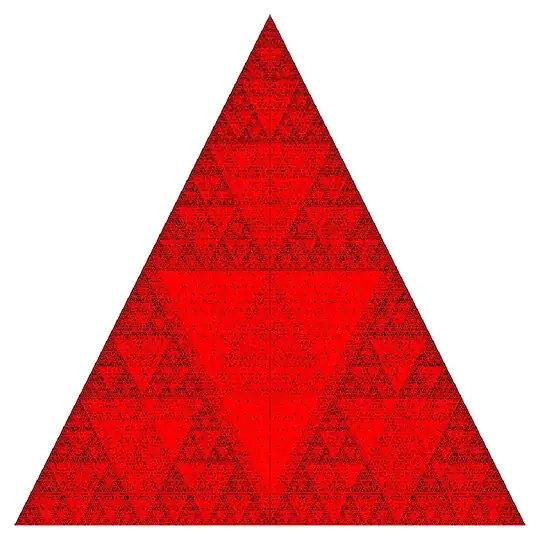In a recent question here, asking about the number of necklaces of $n$ white and $n$ black beads (reworded in terms of apples and oranges), one of the naive and incorrect answers was that as there are $\binom{2n}{n}$ ways to arrange the beads in a straight line, dividing by $2n$ to account for the symmetry of the circle would correct the count.
In the case that $p$ is a prime not equal to two, it is clear to see that $\dfrac{(2p)!}{p!p!2p}$ has a factor of $p$ exactly twice in the numerator yet three times in the denominator and is thus not even an integer.
My question:
For what values of $n$ will $\binom{2n}{n}\frac{1}{2n}$ be an integer?
A similar question was asked here for the more general case of when $\frac{1}{n}\binom{n}{k}$ is an integer, generating some very nice graphics, and some special cases were mentioned such as when $\gcd(n,k)=1$, however that will never be the case in the special case I ask about (since $\gcd(2n,n)=n\neq 1$ for all $n>1$). Indeed, when looking at the lovely image made by @BrunoJoyal, one notices a black line down the center of the image, which would correspond to those positions I am interested in.
Wolfram gives us the beginnings of a sequence $1,6,15,28,42,45,66,77,91,\dots$ With the exception of $42$ and $77$ these numbers are the first hexagonal numbers, but that pattern breaks with $120$ not being in the sequence.
A longer list from the comments by @BanachTarski: There are 89 such numbers in the first 1000 natural numbers 1, 6, 15, 28, 42, 45, 66, 77, 91, 110, 126, 140, 153, 156, 170, 187, 190, 204, 209, 210, 220, 228, 231, 238, 266, 276, 299, 308, 312, 315, 322, 325, 330, 345, 378, 414, 420, 429, 435, 440, 442, 450, 459, 460, 468, 476, 483, 493, 496, 510, 527, 551, 558, 561, 570, 580, 589, 600, 609, 620, 651, 665, 682, 684, 696, 703, 740, 744, 748, 770, 777, 806, 812, 814, 851, 861, 868, 888, 902, 920, 924, 936, 943, 946, 950, 962, 966, 988, 989
Is there anything special we can say about those $n$ for which this is the case? (By imposing the extra condition on $k$ and $n$ in the generalized question, more patterns will hopefully emerge)
